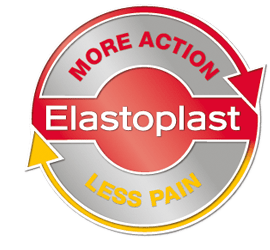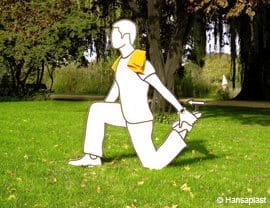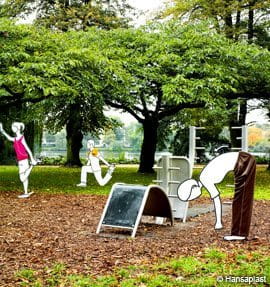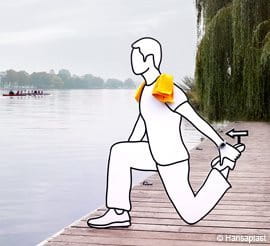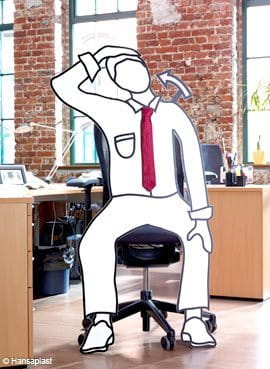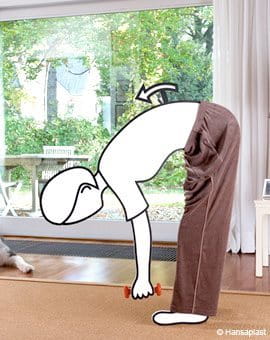For A Fitter, More Active Lifestyle
Ready, set, go for the new Elastoplast initiative
The new Elastoplast initiative, More Action – Less Pain, wants to get you moving. Because being more fit and active will help to reduce illness, injury and pain.
Co-founder and Chairman of the initiative, orthopaedic specialist Dr Gerd Müller, says: "No more excuses – start moving today!"
Be proactive about your health
In collaboration with Dr Gerd Müller, orthopaedic specialist and head physician at Hamburg’s renowned Spine Center, Elastoplast has developed the More Action – Less Pain initiative not only to relieve pain in the short term, but also to get people to be more proactive about their fitness and relieve their pain long term. How? By exercising at an appropriate level.

“EXERCISING NOW WILL
RELIEVE ACHES AND
PREVENT PAIN IN THE
LONG RUN”
The holistic approach of More Action – Less Pain takes today’s modern lifestyles into account. See our video section for a variety of tips and exercises tailored to desk-bound office workers.



